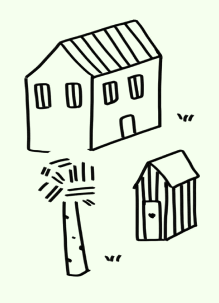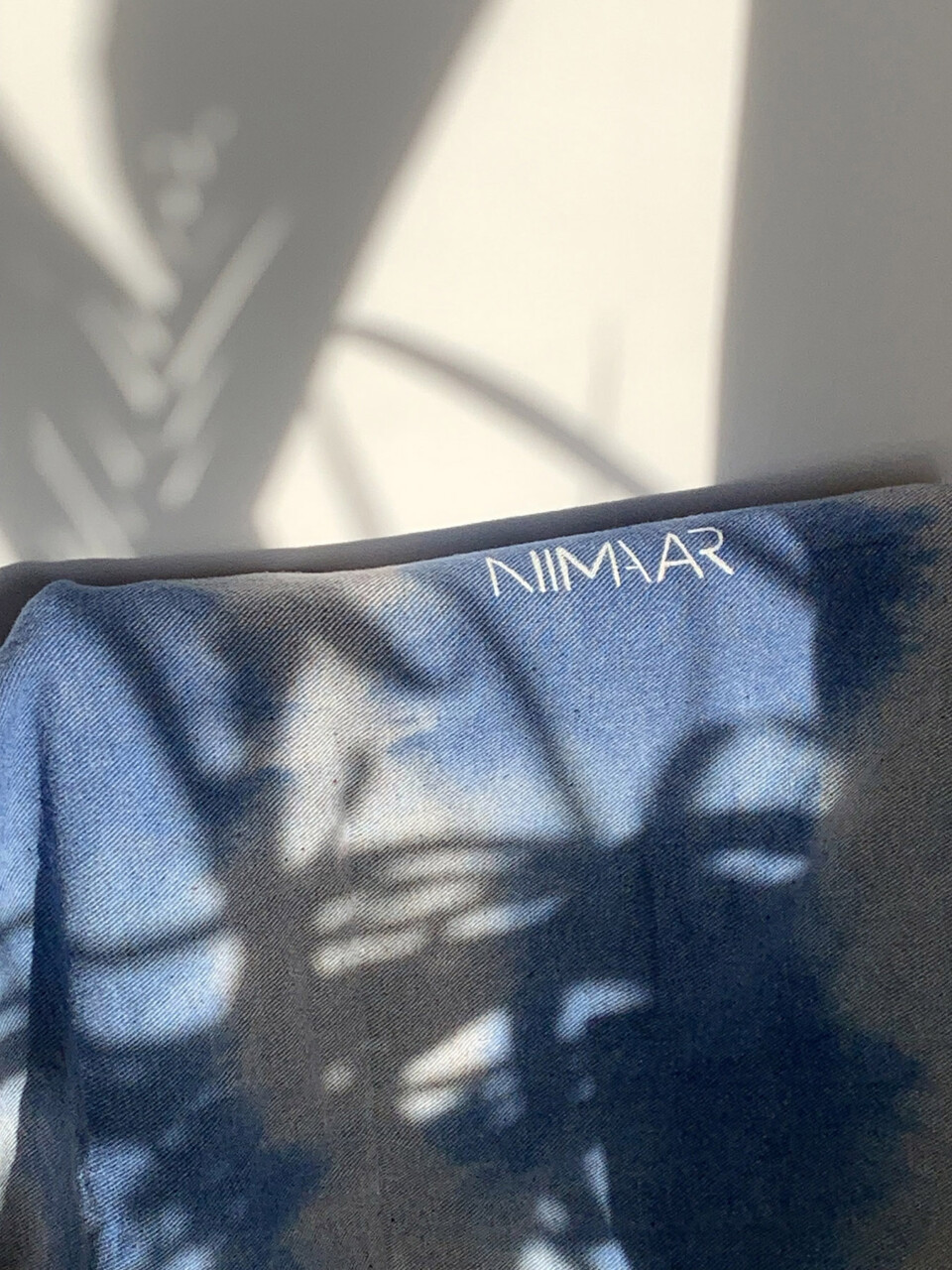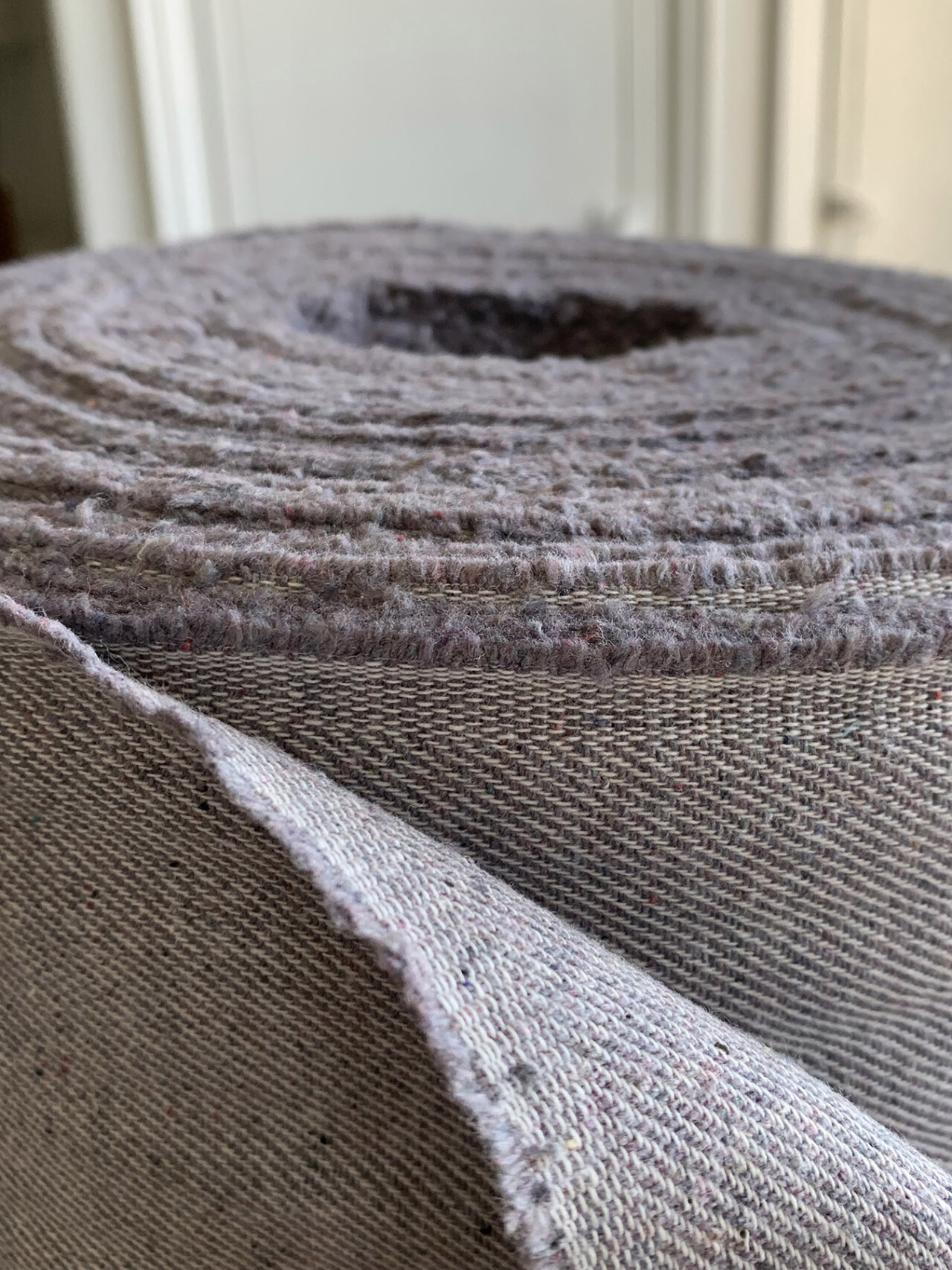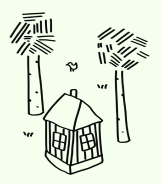
Textile waste and recycled fibers
We at Niimaar aim to reduce waste with all our actions, services and products. This interesting infopackage has been gathered to you to learn more about this important topic.

Textile waste refers to textiles that are generated during the use or production of textiles. These can include items such as old clothes, household textiles, or surplus materials from the industry.
Textile waste has great potential for reuse and recycling.
Textile waste is a significant waste problem as its quantity continues to grow, and its disposal can cause environmental issues. However, textile waste has great potential for reuse and recycling. Many organizations and companies have developed various ways to utilize textile waste. One common practice is to collect discarded textiles and sort them for reuse or recycling purposes. Reuse can involve donating textiles to charity, where they can find new owners and be used further. Recycling, on the other hand, can involve separating textile materials and utilizing them in the production of new products. For example, recycled textile fibers can be used to manufacture new clothes, textiles, and yarn. This process involves multiple stages, such as textile collection, sorting, processing, and fiber separation. Textile sorting is a crucial part of the process because textiles made from different materials require different treatment methods. In addition to material composition, textiles can also be sorted by color, resulting in fibers of a specific color without the need for dyeing them again.
The waste directive of the European Union requires all member states to separately collect discarded textiles by 2025. In Finland, this regulation came into effect in January 2023.
However, there are challenges associated with the handling and recycling of textile waste. Many textile materials contain different fibers and chemicals, which can make their effective separation and recycling more difficult. Additionally, the development of collection systems and increasing public awareness about textile waste recycling are important measures to improve the possibilities of utilizing textile waste. These measures can help reduce the need for raw materials, energy consumption, and environmental impacts. Furthermore, they can offer economic opportunities and create new jobs for recycling and reuse companies in the textile industry.

Instructions for textile sorting:
Only clean and dry household textiles and clothing are suitable for textile waste collection, such as tablecloths, sheets, towels, jackets, pants, and shirts. The recyclable textiles should be dry and clean. The textiles brought for recycling should be tightly packed in a plastic bag or garbage bag to prevent them from getting wet or dirty.
What should not be placed in textile waste collection? Textiles damaged by bed bugs or other pests, strongly smelling, moldy, wet, or oily textiles, Underwear, socks, stockings, Carpets, shoes, bags, belts, or raincoats, Blankets, pillows, cushions, stuffed animals. Donate items in good condition and sort out the items in poor condition as mixed waste.
Sorting of textile waste:
1. Pre-sorting: Remove spoiled, wet, and moldy textiles, as well as other materials that do not belong in the collection.
2. Further sorting for reuse: In addition to pre-sorting, separate textiles that are suitable for reuse.
3. Further sorting for recycling: At this stage, separate textiles that are structurally unsuitable for reuse but can be recycled.
4. Material sorting: Sort the textile waste into separate fractions based on fiber material types. Quality assurance can be conducted using NIR (Near-Infrared) detection technology as a tool.
Note: NIR detection technology helps identify and sort textile waste based on its material composition.
The recycling and reuse of textile waste are important steps towards a more sustainable textile industry and waste management.
With the establishment of the textile waste processing facilities by Rester Oy and LSJH, a significant amount of recycled textile fiber suitable for versatile use is now available to businesses. The facility is capable of processing 12,000 tons of textile waste annually, which accounts for approximately 10% of Finland’s textile waste volume. In November 2021, Rester Oy launched the first textile waste processing facility in the Nordic countries, located in Paimio. The final product of the facility is recycled fiber that can be used in various industries, such as the textile industry for yarn and fabric production, the construction and shipbuilding industries for insulation materials, or even the furniture industry as a composite material.Within the premises owned by Rester, there is also a processing line operated by Lounais-Suomen Jätehuolto (LSJH), which handles consumer textile waste. Rester, on the other hand, is responsible for collecting textile waste from businesses. Recycling discarded textiles into new fibers provides companies with opportunities for more sustainable business models, carbon neutrality, cost reduction, and enables companies to operate in line with the demands of investors and consumers (source: kuituus.aalto.fi/mita/).
The use of recycled fiber reduces the need for deforestation and conserves natural resources. The production of recycled fiber requires less energy compared to virgin fibers. In comparison to water-intensive cotton, recycled fiber consumes significantly less water and reduces the need for chemicals, thereby reducing the burden on ecosystems. Recycled fiber enables the reduction of production emissions and the utilization of valuable resources.

Designer Eero Brandt, a young Finnish designer specializing in sustainable development, has designed the Unisex Zero Waste collection for Niimaar. The collection is designed and manufactured in Finland and is suitable for all genders. The pieces in the collection are designed based on the zero waste principle, which means that fabric is used efficiently and no waste scraps are generated. The garments, made from recycled polycotton fabric, are designed to fit all types of bodies.
Links & info:
video mission (1min) – Enni Karikoski Mission with Niimaar and Zero Waste Society
kuituus.aalto.fi/mita/ – information about Restel oy & LSJH
More information/Contact:
Enni Karikoski [email protected] / Tel +358 40 702 3656




